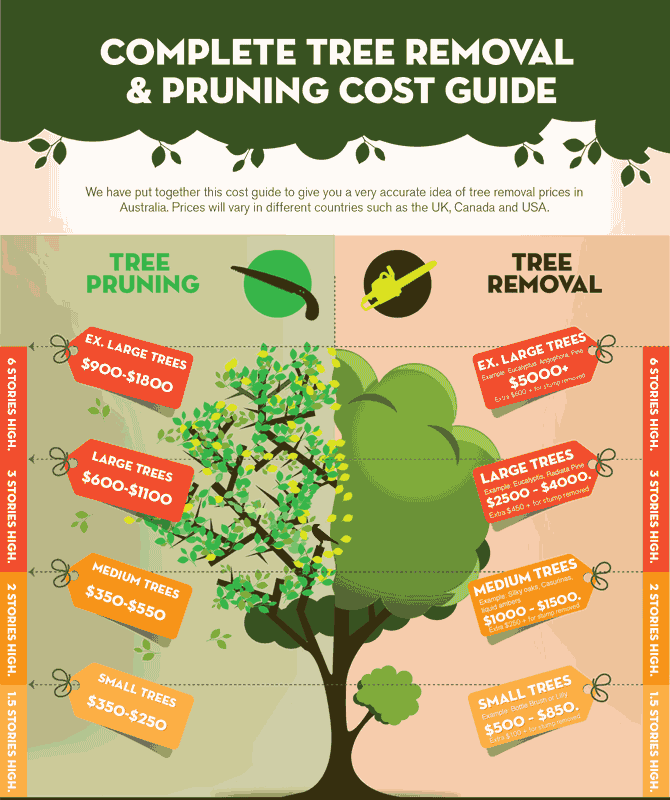Tree Elimination Aftercare: Ideal Practices For Landscape Healing
Tree Elimination Aftercare: Ideal Practices For Landscape Healing
Blog Article
Post Author-Tate Leblanc
After a tree's elimination, your landscape might look quite various, and it's essential to analyze the after-effects very carefully. You'll intend to review the dirt disruption and examine surrounding plants for any kind of signs of anxiety. Ignoring these aspects can bring about larger problems down the line. So, what should you finish with those stumps and roots? And exactly how do you select the best plants for your rejuvenated area? Let's check out these vital actions.
Analyzing the Consequences: Reviewing Your Landscape
After a tree removal, it's important to assess your landscape to recognize the influence it has on your yard.
Begin by analyzing the location where the tree stood. Seek signs of dirt disruption, and check the surrounding plants for any type of stress or damage.
You ought to likewise bear in mind of how the removal has actually transformed sunlight direct exposure and air flow in your yard. Cost To Remove Large Pine Tree can affect the development of neighboring plants, so it's important to assess their health.
Take into consideration the aesthetic facets too; the elimination could develop an open space that you can redesign.
Finally, think of any potential erosion concerns that might emerge from the tree's absence. Resolving these variables early will aid recover equilibrium to your landscape.
Handling Stumps and Origins: Options for Removal
When you have actually assessed the results of the tree removal, you'll likely need to deal with the stump and roots left behind.
https://www.sfchronicle.com/business/article/PG-E-seeks-relief-from-judge-s-order-on-power-15270738.php have a few choices for elimination. One effective technique is stump grinding, where an expert utilizes a device to grind the stump to underground degree. This approach leaves very little interruption to your landscape.
If you prefer a do it yourself approach, you can make use of a combination of excavating and chemical stump eliminators. Simply remember, this process can take time and initiative.
Conversely, think about leaving the stump as a natural function, which can function as an unique garden component or habitat for wildlife.
Whatever you choose, resolving the stump and roots is necessary for recovering your landscape.
Selecting the Right Plants for Your New Area
As you analyze your freshly gotten rid of space, choosing the right plants can dramatically enhance your landscape's elegance and performance.
Start by thinking about the sunshine and dirt conditions. For warm areas, select drought-resistant plants like lavender or succulents. In shaded places, ferns and hostas prosper well.
Think of the size and growth practices of your plants; mix perennials and annuals for seasonal selection. Do not neglect to integrate native types; they require less maintenance and assistance local wild animals.
Team plants in strange numbers for a more all-natural appearance and create layers for aesthetic deepness.
Lastly, ensure you have a mix of shades and appearances to keep your landscape vivid throughout the seasons.
Pleased planting!
Conclusion
In conclusion, restoring your landscape after tree removal is a satisfying procedure. By evaluating the aftermath, attending to stumps and origins, and selecting the right plants, you'll develop a thriving setting. Do not fail to remember to include disintegration control actions to shield your soil. With a little initiative and treatment, you can change your space right into a vivid garden that enhances your property. Welcome the possibility to renew your landscape and take pleasure in the beauty of nature right in your yard!
